
Advice on slicers
Choose a slicer
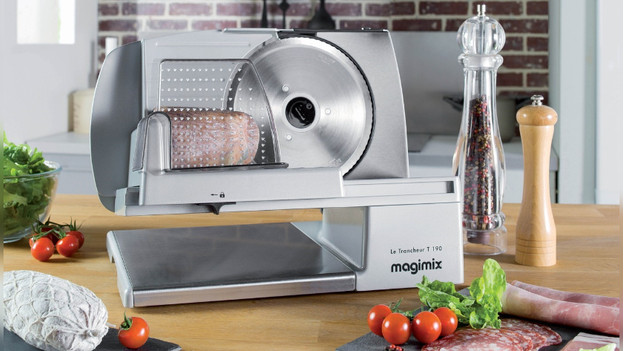
You don't just cut meat with a slicer, but also bread or cheese. To find the most suitable slicer for you, ask yourself the following questions.
- What are you going to use the slicer for?
- How intensively are you going to use the slicer?
- How large ar the products that you're going to cut?
- Which extra options do you value?
What do you want to use the slicer for?
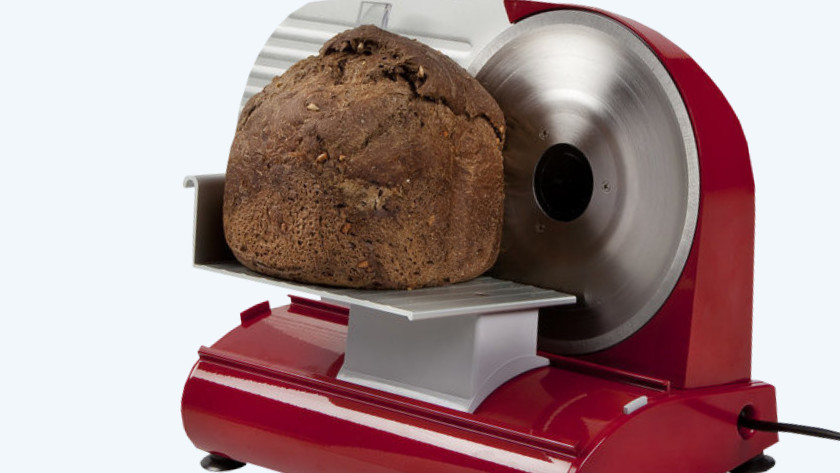
Bread and vegetables
Not every slicer is suitable for every type of food. What you can use the slicer for, mainly depends on the type of blade that's included. Most slicers for at-home use include a serrated blade. This type of blade is versatile in use and suitable for bread, vegetables, some cold cuts, and more. Because many people use a slicer with serrated blade for bread, they're often called a bread slicer. For fine cold cuts, a serrated blade is less suitable.
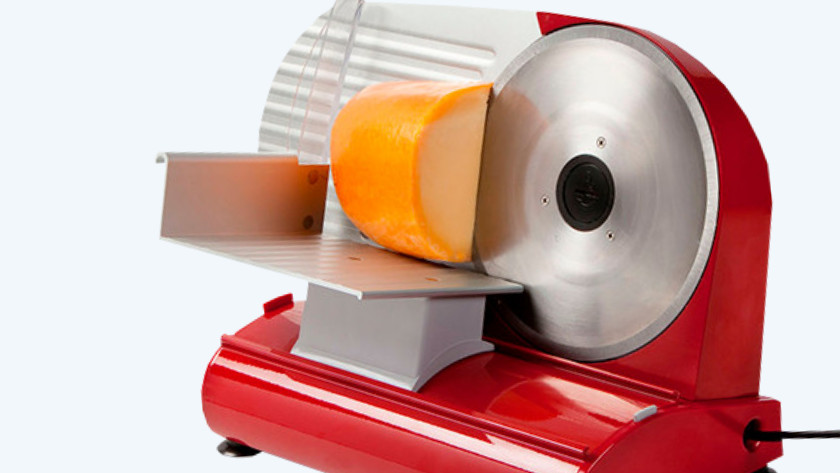
Fine cold cuts and cheese
You'll often find a smooth blade with semi-professional slicers. It's especially useful for cheese and fine cold cuts, like ham and carpaccio. With a smooth blade, you can cut these cold cuts extra thin. Because many people mainly use the slicer with a smooth blade for cold cuts, it's often called a meat slicer. A number of models include both a smooth and serrated blade, or an extra blade is separately available as an accessory. These slicers are the most versatile.
How intensively do you want to use the slicer?
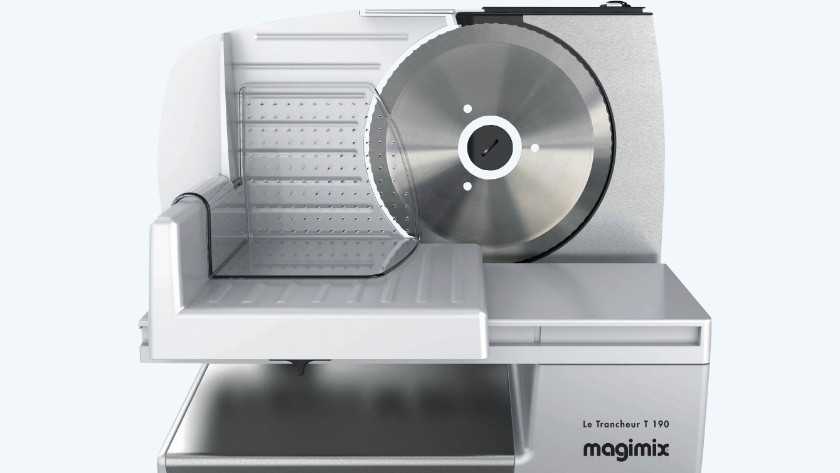
Material and engine
A slicer with a plastic casing is lighter and easier to move. This does make the machine stand less sturdy on your counter while slicing, and less durable. More expensive slicers have a metal casing. This offers extra durability and stability, which is important when you often use the slicer and cut heavy ingredients like cold cuts. Heavier slicers often have a more powerful motor. Thanks to this, these slicers continue to perform well even after you've used them for a long time and with heavy ingredients.
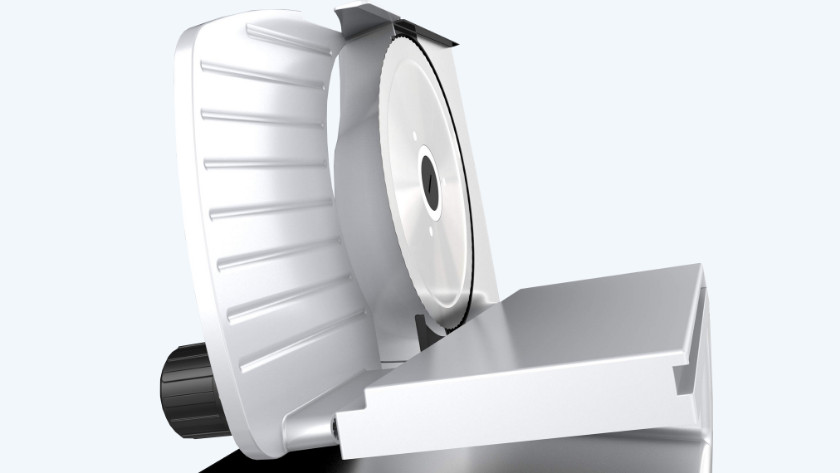
Inclined slide
A number of slicers have an inclined position or are tiltable, so you can create the incline yourself. Thanks to the incline, the food slides towards the blade and it's easier to cut the food. This is especially useful when you often use a slicer for a longer time back to back.
How large are the products that you want to cut?
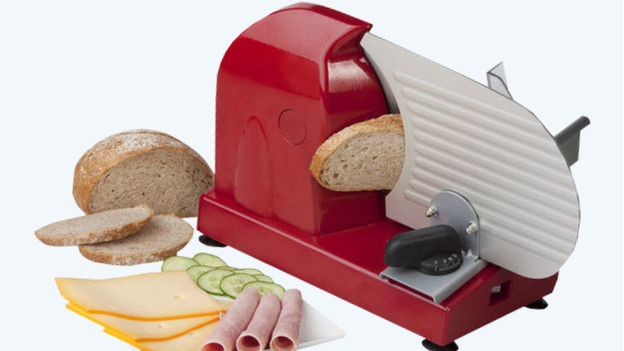
Apart from the type of blade, the size is also important. Slicers can have blades with different diameters. Most models for home use have a blade with a diameter of about 17cm. That's enough for some people, but it's important to consider what you'll be slicing with the slicer. For example, if you want to slice a thick piece of ham or bread, a larger blade is suitable for you. That's why a lot of (semi-)professional models have a blade with a diameter that's larger than 17cm.
What else do you keep in mind?
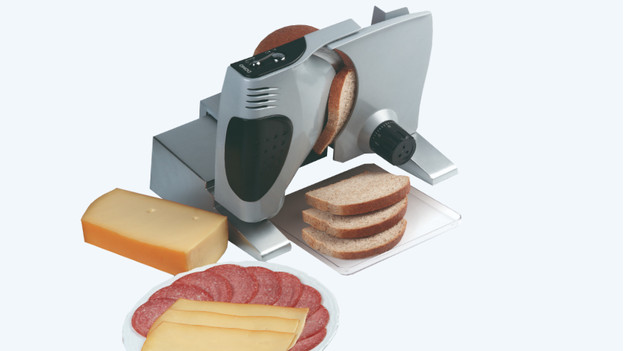
All slicers have a food holder and thumb protector. This allows you to press the food against the blade without your fingers being in danger. The cutting thickness is adjustable on all slicers. The minimum thickness is often 0mm, but the maximum thickness differs. If you want to cut thick slices, make sure to check the maximum thickness. A number of models has an extra safety switch, which prevents sudden activation in case of an accidental touch. Some slicers include extra accessories, like a collection tray for your food slices.


